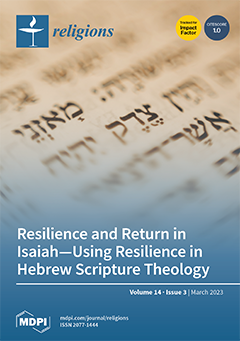This article provides a full English translation of the
Du’ā’ al-saḥar or Dawn Supplication for the Islamic month of Ramaḍān. Attributed to certain Imams whom Twelver Shī`ī Muslims regard as the successors of the Prophet Muhammad, it is an Arabic invocatory devotional also known from around the 13th century CE after its opening words, as the
Du‘ā al-Bahā (Supplication of Splendour–Glory–Light). It is commonly ascribed to the fifth Imam Muhammad al-Bāqir (d. c. 126/743) or as transmitted through his son, the sixth Imam Ja‘far al-Ṣādiq (d. c. 138/765). The former version or recension has around 22 invocations, while the sixth Imam’s recension is known as the
Du‘ā’ al-mubāhalah (The Supplication for Mutual Imprecation) and is considerably longer, consisting of over 30 supplicatory lines. This latter recension had its origin at a time when Muhammad was challenged near Medina by certain Yemenite Christians of Najrān about his messianic status as a Prophet in the light of theological and Christological issues. Both Sayyid ‘Alī Muḥammad Shīrāzī, “the Bāb” (1819–1850), and Mīrzā Ḥusayn ‘Alī Nūrī, “Bahā’u’llāh” (1817–1892) gave great importance to this supplication (or these two related supplications) and were much influenced by its vocabulary and rhythmic, cascading content relating the Names of God. The Bāb interpreted it on Islamic and imamological lines in his Persian
Dalā’il-i saba‘ (The Seven Proofs). He cited it often, both in early texts and within numerous later major writings, including the
Kitāb al-asmā’ (The Book of Names) and the
Kitāb-i panj sha’n (The Book of the Seven Modes [of Revelation]). In his Persian
Bayān and other writings, he used nineteen of its invocatory divine Names to frame the structure and names of his annual calendar of nineteen months: his new, wondrous or Badī‘ calendar (“The New/Regenerative Calendar”). This calendar was furthermore adopted by Baha’u’llah in his
Kitāb-i aqdas (The Most Holy Book). His own theophanic title, evolving from “Jināb-i Bahā’” (His eminence the Glory) to “Bahā’u’llāh” (the Glory of God) is closely related and is rooted in this and certain similar texts. Baha’u’llah referred to the
Du‘ā’ al-saḥar as the
Lawh-i baqā’ (The Scriptural Tablet of Eternity) and understood its opening lines as an allusion to his person as the embodiment of the Supreme or Greatest Name of God (
al-ism al-a`ẓam). Several of the Arabic and Persian writings in which the founder of the Baha’i religion interprets the
Du‘ā’ al-saḥar are translated in this current paper. Their content demonstrates the extent to which he elevated this powerful Islamic text.
Full article





